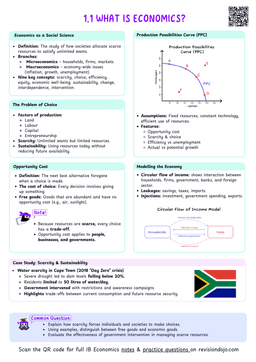Resting Potential is Established by Sodium-Potassium Pumps Maintaining Ion Gradients
- Imagine a neuron as a tightly secured vault, with its doors carefully controlling the flow of ions.
- This control creates a resting potential, a stable electrical state essential for transmitting nerve impulses.
- But how is this resting potential established and maintained?
Resting Potential is the Neuron's Stable Charge Difference, Powered by the Sodium-Potassium Pump
- Resting potential is the electrical charge difference across a neuron’s plasma membrane when it is not transmitting a signal.
- This difference is typically around −70 mV, with the inside of the neuron being more negative than the outside.
- It is established and maintained by the sodium-potassium pump (Na⁺/K⁺ pump), a membrane protein that uses ATP to drive the movement of ions, and the selective permeability of the membrane to certain ions.
- This creates the conditions necessary for generating and propagating nerve impulses.

The negative sign indicates that the interior of the neuron is more negatively charged compared to the exterior.
The Sodium-Potassium Pump Maintains Resting Potential by Unequal Ion Transport
- The sodium-potassium pump is a transmembrane protein that actively transports ions against their concentration gradients.
- It plays a central role in establishing the resting potential by:
- Pumping Ions Unequally
- For every three sodium ions ($Na^+$) pumped out of the neuron, two potassium ions ($K^+$) are pumped in.
- This creates a net loss of positive charge inside the neuron, contributing to its negative resting potential.
- Using Energy from ATP
- The pump relies on ATP to move ions against their concentration gradients, making this an active transport process.
- Pumping Ions Unequally

Remember: 3 $Na^+$ out, 2 $K^+$ in this imbalance is key to the neuron’s negative charge.
Why Is the Resting Potential Negative?
Three main factors contribute to the negative resting potential:
- Unequal Ion Exchange: The sodium-potassium pump moves more positive ions out (3 $Na^+$) than it brings in (2 $K^+$), creating a charge imbalance.
- Selective Permeability of the Membrane: The neuron’s membrane is more permeable to $K^+$ than $Na^+$. Potassium ions tend to leak out of the cell through potassium leak channels, further increasing the negative charge inside.
- Presence of Negatively Charged Proteins: Large, negatively charged proteins inside the neuron cannot cross the membrane, adding to the internal negativity.
The resting potential is approximately -70 mV due to the combined action of the Na⁺/K⁺ pump, ion leakage, and the impermeability of the membrane to negatively charged proteins.


